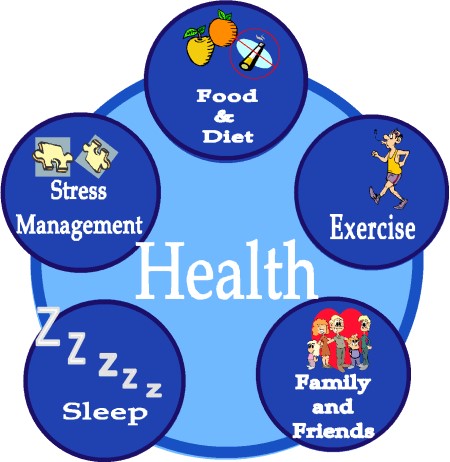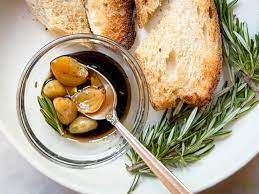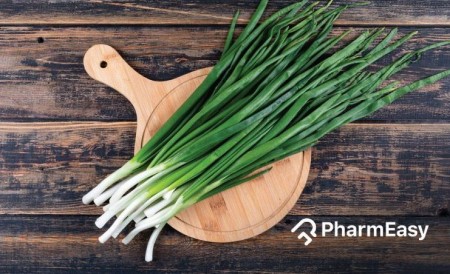The Owala water bottle has gained significant popularity among consumers seeking a durable, eco-friendly, and stylish hydration solution. This article delves into the various aspects of Owala water bottles, exploring their benefits, features, and why they have become a favorite among users.In an age where sustainability is becoming increasingly crucial, every small step towards reducing our environmental footprint counts. Owala water bottles have emerged as a popular choice among eco-conscious individuals seeking a reusable and stylish hydration solution. In this article, we’ll delve into the features and benefits of Owala water bottles and explore why they’ve become a go-to choice for many.

Table of Contents
Benefits of Owala Water Bottle
Convenient Design
The Owala water bottle boasts a sleek and ergonomic design, making it easy to carry around wherever you go. Whether you’re heading to the gym, office, or embarking on an outdoor adventure, Owala ensures you stay hydrated without any hassle.
Insulation Technology
One of the standout features of Owala water bottles is their advanced insulation technology. These bottles are designed to keep beverages hot for up to 24 hours and cold for up to 36 hours, ensuring your drinks maintain their desired temperature for longer periods.
Eco-Friendly Material for Owala Water Bottle
Owala water bottles are crafted from durable and sustainable materials, reducing the need for single-use plastic bottles. By opting for Owala, you contribute to environmental conservation efforts while enjoying the benefits of a high-quality hydration solution.
Different Variants of Owala Water Bottle
Owala offers a range of water bottle variants to cater to diverse preferences and lifestyles.
Owala FreeSip: This variant features a unique FreeSip spout design, allowing for easy drinking and sipping without the need for tipping or tilting the bottle.
Owala Twist: The Owala Twist bottle is equipped with a convenient twist-to-open lid, ensuring a secure seal and preventing leaks or spills.
Owala Flip: With its innovative flip-top lid, the Owala Flip bottle offers quick and effortless access to your favorite beverages on the go.
How Owala Water Bottle Stands Out from Competitors
Unlike traditional water bottles, Owala stands out for its commitment to innovation, sustainability, and user convenience. Its thoughtful design features and superior performance set it apart from competitors in the market.
Customer Reviews and Testimonials
Thousands of satisfied customers have praised Owala water bottles for their durability, functionality, and style. Positive reviews and testimonials highlight the unmatched quality and performance of Owala products.
Tips for Using Owala Water Bottle Effectively
To maximize your Owala water bottle experience, follow these simple tips:
Regularly clean your bottle to maintain hygiene and freshness.
Avoid using abrasive cleaners or harsh chemicals that may damage the bottle’s exterior.
Use ice cubes or pre-chilled beverages to enhance the bottle’s insulation capabilities.
Experiment with different beverages and temperatures to discover your preferred drinking experience.
How to Clean Owala Water Bottle
Cleaning your Owala water bottle is quick and easy. Simply follow these steps:
Disassemble the bottle by removing the lid and any detachable components.
Rinse the bottle with warm water and mild dish soap.
Use a bottle brush to scrub the interior, ensuring thorough cleaning.
Rinse the bottle thoroughly to remove any soap residue.
Allow the bottle to air dry completely before reassembling and refilling.
Sustainability and Owala
Owala is committed to sustainability and environmental responsibility. By choosing Owala water bottles, consumers contribute to reducing plastic waste and promoting a greener planet.
Where to Buy Owala Water Bottle
Owala water bottles are available for purchase online through the official Owala website and select retailers. Additionally, they can be found in stores specializing in outdoor gear, hydration products, and eco-friendly merchandise.
Comparative Analysis with Other Water Bottle Brands
When compared to other water bottle brands, Owala excels in terms of durability, insulation, and design innovation. Its competitive pricing and eco-friendly ethos make it a top choice for consumers seeking quality and sustainability.
Owala Water Bottle: A Travel Essential
Whether you’re embarking on a road trip, hiking adventure, or international journey, Owala water bottles are the perfect travel companion. Their leak-proof design, temperature retention capabilities, and portability make them an essential accessory for travelers of all kinds.
Innovations and Future Prospects
As Owala continues to innovate and expand its product line, the future looks promising for this pioneering brand. With a focus on sustainability, technology, and user experience, Owala is poised to remain a leader in the hydration industry for years to come.
Owala Water Bottle: Perfect for Every Lifestyle
From athletes and outdoor enthusiasts to students and professionals, Owala water bottles cater to every lifestyle and hydration need. With their durable construction, stylish designs, and eco-friendly credentials, Owala bottles offer the perfect blend of form and function for discerning consumers.
Owala water bottles embody the perfect fusion of style, functionality, and sustainability. With their Owala Water Bottle: Perfect for Every Lifestylefeatures, superior performance, and eco-friendly ethos, Owala has established itself as a frontrunner in the hydration industry. Whether you’re at home, work, or on the go, Owala water bottles ensure you stay hydrated in style.
The Eco-Friendly Companion: Exploring the Benefits of Owala Water Bottles
The Owala Difference:
Owala water bottles aren’t just your average reusable bottles; they’re designed with innovation and sustainability in mind. Crafted from durable materials like stainless steel, Owala bottles are built to last, reducing the need for single-use plastic bottles that harm the environment. Moreover, Owala bottles feature a range of designs, colors, and sizes, catering to diverse preferences and lifestyles.
Hydration Made Easy:
Staying hydrated is essential for overall health and well-being, and Owala water bottles make it convenient to meet your hydration goals. With features like a wide-mouth opening for easy filling and cleaning, Owala bottles are practical for everyday use, whether at home, work, or on the go. Additionally, the bottles are designed to keep beverages cold for up to 24 hours or hot for up to 12 hours, ensuring that your drinks are at the perfect temperature whenever you need them.
Leak-Proof and Reliable:
One of the frustrations often associated with reusable water bottles is leakage. However, Owala bottles are engineered with leak-proof technology, preventing spills and ensuring that your bag or belongings remain dry and free from damage. This reliability makes Owala bottles a trusted companion for outdoor activities, travel, or simply carrying around during daily errands.
Sustainable Choice:
Choosing Owala water bottles aligns with sustainable living principles by reducing plastic waste and promoting reusability. By opting for a reusable bottle over single-use plastic alternatives, individuals can significantly decrease their carbon footprint and contribute to a cleaner environment. Owala’s commitment to sustainability extends beyond their products, with initiatives aimed at minimizing environmental impact throughout the production and distribution processes.
Customizable Options:
Owala water bottles offer customization options, allowing users to personalize their bottles with stickers, decals, or engravings. This customization not only adds a personal touch but also encourages users to form a stronger attachment to their bottles, increasing the likelihood of continued use and reducing the likelihood of disposability.
Social Responsibility:
Beyond providing innovative hydration solutions, Owala is dedicated to making a positive impact on society. Through partnerships with charitable organizations and initiatives focused on clean water access, Owala contributes to meaningful causes that address global water scarcity issues. By supporting Owala, individuals indirectly contribute to these efforts, making a difference in communities worldwide.
Consumer Satisfaction:
Reviews and testimonials from satisfied Owala users highlight the quality, functionality, and aesthetic appeal of the bottles. Many users appreciate the attention to detail in design and the overall durability of Owala bottles, making them a worthwhile investment for long-term use. Moreover, Owala’s responsive customer service ensures that any concerns or issues are promptly addressed, enhancing the overall consumer experience.
FAQs (Frequently Asked Questions)
Are Owala water bottles dishwasher safe?
Yes, Owala water bottles are dishwasher safe. However, it’s recommended to hand wash them for optimal longevity.
Can I use Owala water bottles for hot beverages?
Absolutely! Owala water bottles are designed to keep beverages hot for up to 24 hours, making them perfect for coffee, tea, or soups.
Do Owala water bottles come with a warranty?
Yes, Owala offers a limited lifetime warranty on all its water bottles, ensuring customer satisfaction and peace of mind.
Are Owala water bottles BPA-free?
Yes, Owala water bottles are made from BPA-free materials, prioritizing consumer health and safety.
Can I personalize my Owala water bottle?
While Owala does not offer personalized engraving or customization options, you can choose from a variety of colors and designs to suit your personal style.



















